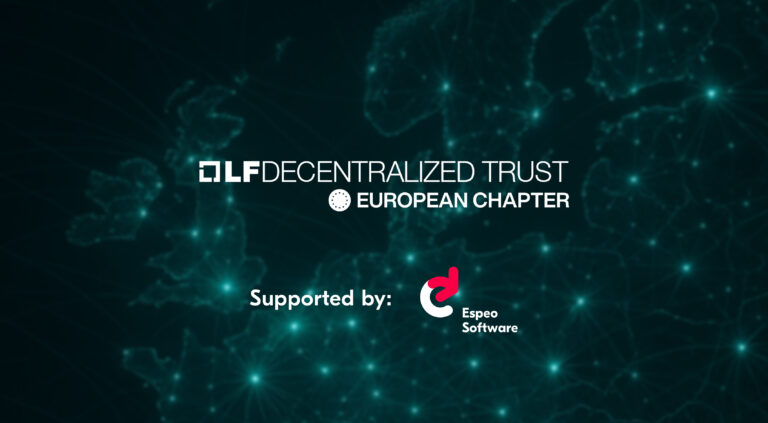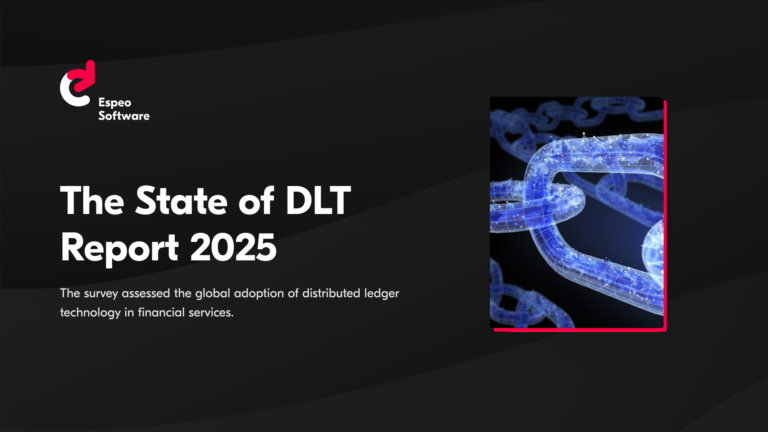Making sense of the ERC token types and what they do can be a bit confusing. Different token standards enable different features. From representing ownership of an asset to making trading easier, tokens are an integral part of any decentralized application. The utility of the Ethereum protocol is that it allows developers to build dApps on top of the underlying blockchain.
Unlike Bitcoin, which primarily functions as a payment system On the other hand, Ethereum opens up other use cases for blockchain technology. Business cases so far have tended to focus on intangibles such as cryptocurrency, transferring medical records or tokenizing digital assets. However, tokens can also stand in for of physical assets, such as real estate and luxury goods, or power supply chain tracking platforms. Each type of digital token serves a slightly different function and understanding the difference between ERC token standards can help you decide which one is best for your blockchain project.
Tokenizing assets is one of the main value propositions of the Ethereum blockchain. Smart contracts need cryptographic tokens to function. Gas — paid in the form of ETH tokens fuels the transactions on the Ethereum network. While the two most common types are the ERC-20 and ERC-721, others are emerging with new features and improvements. In this post, I’ll look at the main types and examine the use cases as well as the pros and cons of each.
ERC-20
Among the most common and functional ERC token types is the ERC-20. These were very popular in ICO projects because they made it easier to create and distribute tokens directly to user wallets. Additionally, end-users can freely trade and use them within token economies. Simple functions allow developers to limit the total supply — a key consideration in a tokenomics model and allow users to transfer tokens easily. Smart contracts verify user funds and approve the transactions before finally writing the transaction to the blockchain. Inside the system, the tokens are of equal value and users can exchange them freely for other tokens.
These fungible digital tokens enable platforms to issue tokens users need to access a service. Like a kilo of wheat or a barrel of oil, fungible tokens are worth the same as other tokens in the ecosystem. This equal value encourages token users to earn and spend freely. One example Espeo helped develop is the derivatives trading app CloseCross (pictured above) which issues tokens that allow users to place bets on derivatives contracts.
For a case study of the CloseCross project, read more here.
Users pay in a number of tokens to place a bet and receive tokens back when they win. This, of course, provides an incentive for end-users but also helps power the system as a whole. Because it’s a trading ecosystem, we decided to implement ERC-20 tokens in the tokenomics model. CloseCross wants users to win and spend their tokens to access a service and sustain the dApp, not hoard them away.
ERC-20 Pros:
- Widely used token standard and supported by a majority of exchange and wallets
- Supported by most exchanges and wallets
- Good for trading applications where fungibility is important
ERC-20 Cons:
- High gas costs
- UX has led some to send coins to smart contracts instead of crypto wallets.

ERC-721
One of the other common ERC token standards is the ERC-721. Unlike the ERC-20, ERC-721 tokens are non-fungible. In other words, each token has a different value in the system. While ERC-20 tokens are the same value and act as currency on the platform, ERC-721 tokens are not. The point of these is to create unique, rare or editioned assets. ERC-721 tokens allow developers to tokenize assets of different values. The most famous example is the Ethereum dApp CryptoKitties.
Each cryptographic piece of digital art had unique features which gave them value. Some features are more desirable than others. While CryptoKitties got its fair share of ridicule, it demonstrates some of the usefulness of blockchain and of asset tokenization. Digital artists, for example, can use ERC-721 tokens to protect their original work from unauthorized copies.
With ERC-721 tokens artists are able to tokenize digital work — creating cryptographic scarcity and protecting its value. Several startups such as Maecenas and Artory are already tokenizing physical art to ease provenance studies and facilitate sales. Outside of the art world, other firms such as Streetwire are tokenizing real estate for similar benefits. Essentially, ERC-721 tokens facilitate the transfer of unique assets. Development in
ERC-721 Pros:
In one of our product design workshops for our client Luxtrack, we developed a tokenomics model incorporating the ERC-721 token on their anti-counterfeit luxury goods platform. The token allows users to seamlessly buy and sell second-hand luxury items and be confident that the items are not knock-offs. Luxtrack tokens provide a scalable way for the company to build trust and expand a market rife with abuse. ERC-721 tokens enable the company to reassure consumers that the products they buy are authentic.
- Allow artist to edition their work
- Non-fungible tokens enable platforms that rely on scarcity and value to trade
- Represent ownership of investments rather than functional tokens
ERC 721 Cons:
- Slow adoption
- Tricky to get UI/UX right
ERC-223
While this one is not a fully supported digital token, this token type addresses several of the UX shortcomings of other ERC token standards. Many people have sent coins to the wrong wallet address or worse, to a smart contract, losing those coins forever. Though many crusty developers might say it’s end-users’ fault for sending tokens to the wrong address, it could limit broad adoption among the general public. These unfriendly design features might turn non-technical people away.
In short, the proposed ERC-223 alerts users who accidentally send tokens to a smart contract address and cancels the transaction. Users still pay the gas cost but save their ETH. Amigocoin is one of the only projects currently using the ERC-223
ERC-223 Pros:
- Proposes friendly UX features that protect users from loss of funds
- Backward compatible with ERC-20 token standard
- Half the gas cost of ERC-20 tokens
ERC-223 Cons:
- Not widely accepted by the Ethereum community
- Incompatible with many wallets
ERC-777
Just as the ERC-227 offers bug fixes for the ERC-20 token standard, the ERC-777 digital token proposes still more ways to improve blockchain usability. This digital token adds several more functions to the popular ERC-20 token standard. One of the most innovative is the option to mint or burn tokens, which may be a necessary feature depending on a project’s tokenomics model. Of all the ERC token types, this one may also make the transfer of tokens much simpler.
Of course, as with the other more obscure ERC token standards, few projects have actually decided to implement the protocol. However, Ethereum applications could benefit from better design and more user-friendly options.
ERC-777 Pros:
- Proposes improved usability
ERC-777 Cons:
- Not widely accepted
Conclusion
As more and more ERC token standards emerge, each one will roll out new features and bug fixes for the existing tokens. Choosing which digital token to use in your blockchain project is essential to ensure your platform delivers the most value to end-users. Whether you’re launching an STO or tokenizing medical records, getting the tokenomics right is a vital step to launch a successful product.





